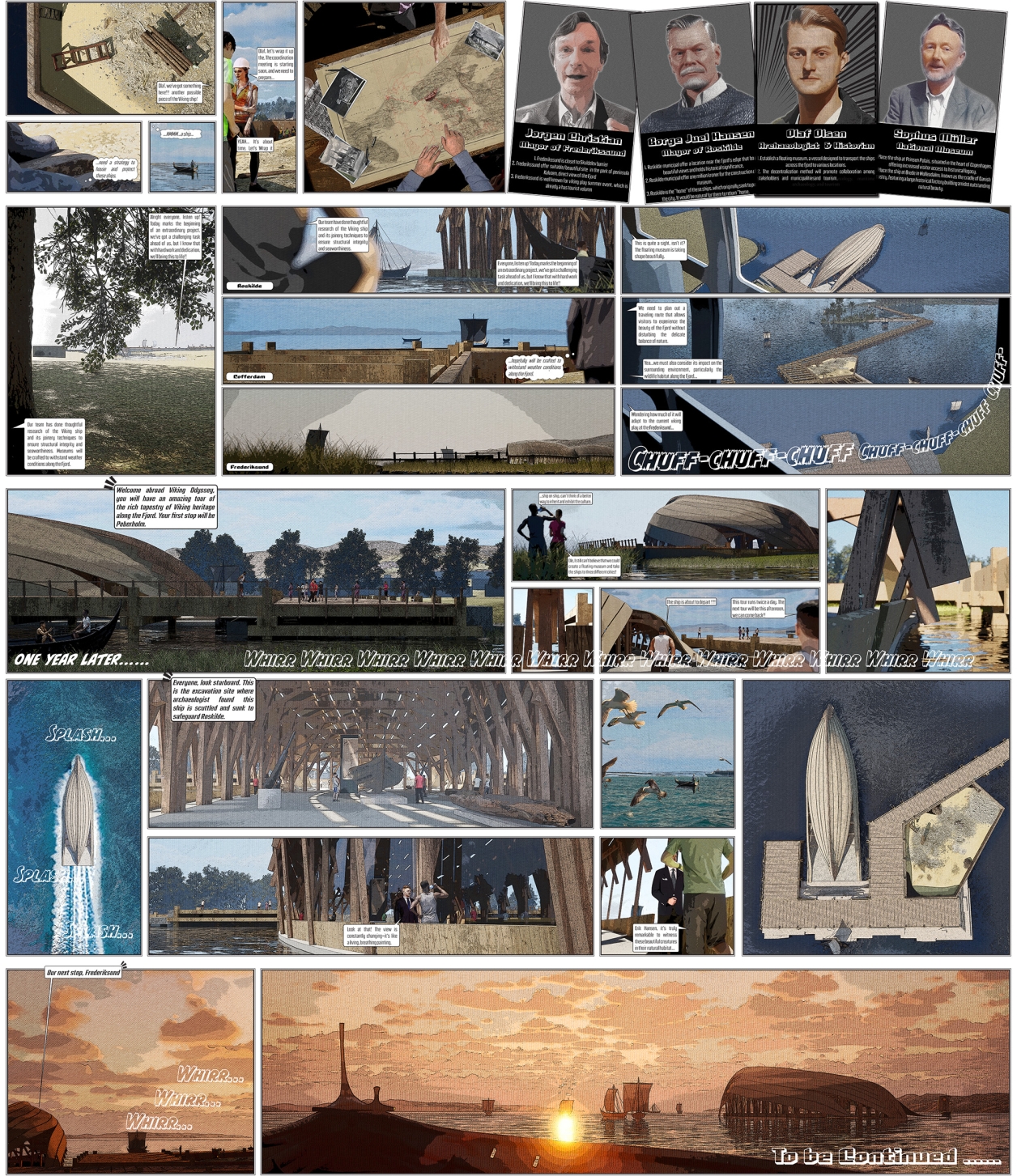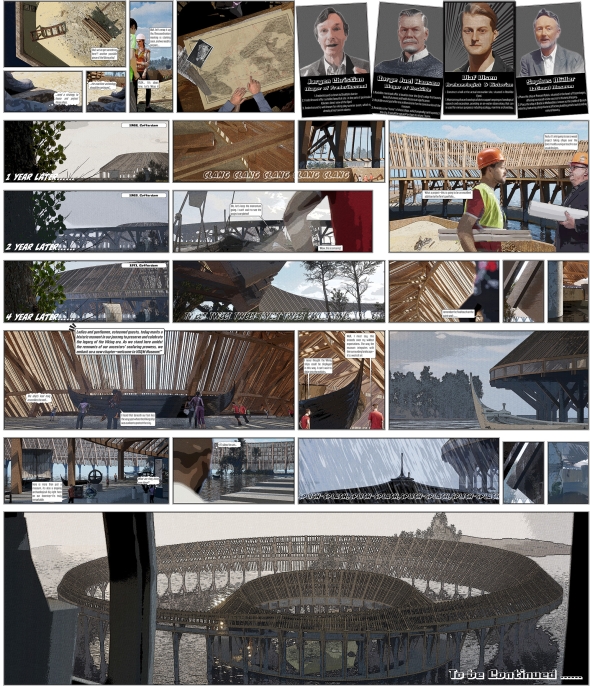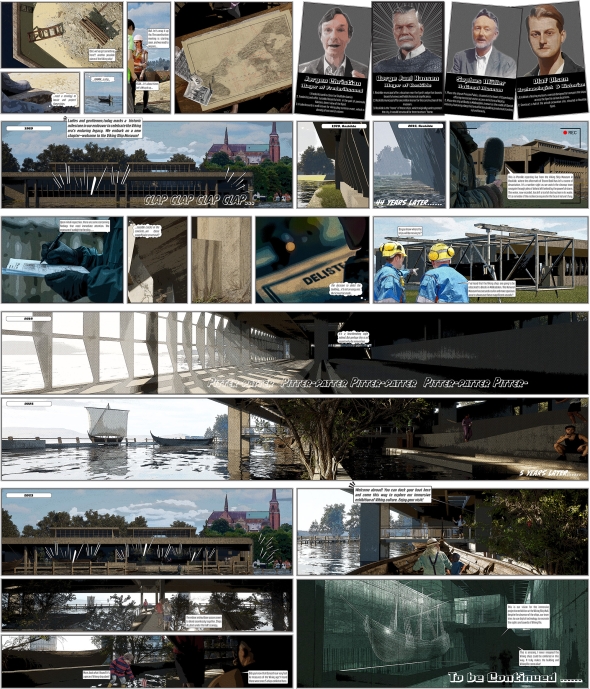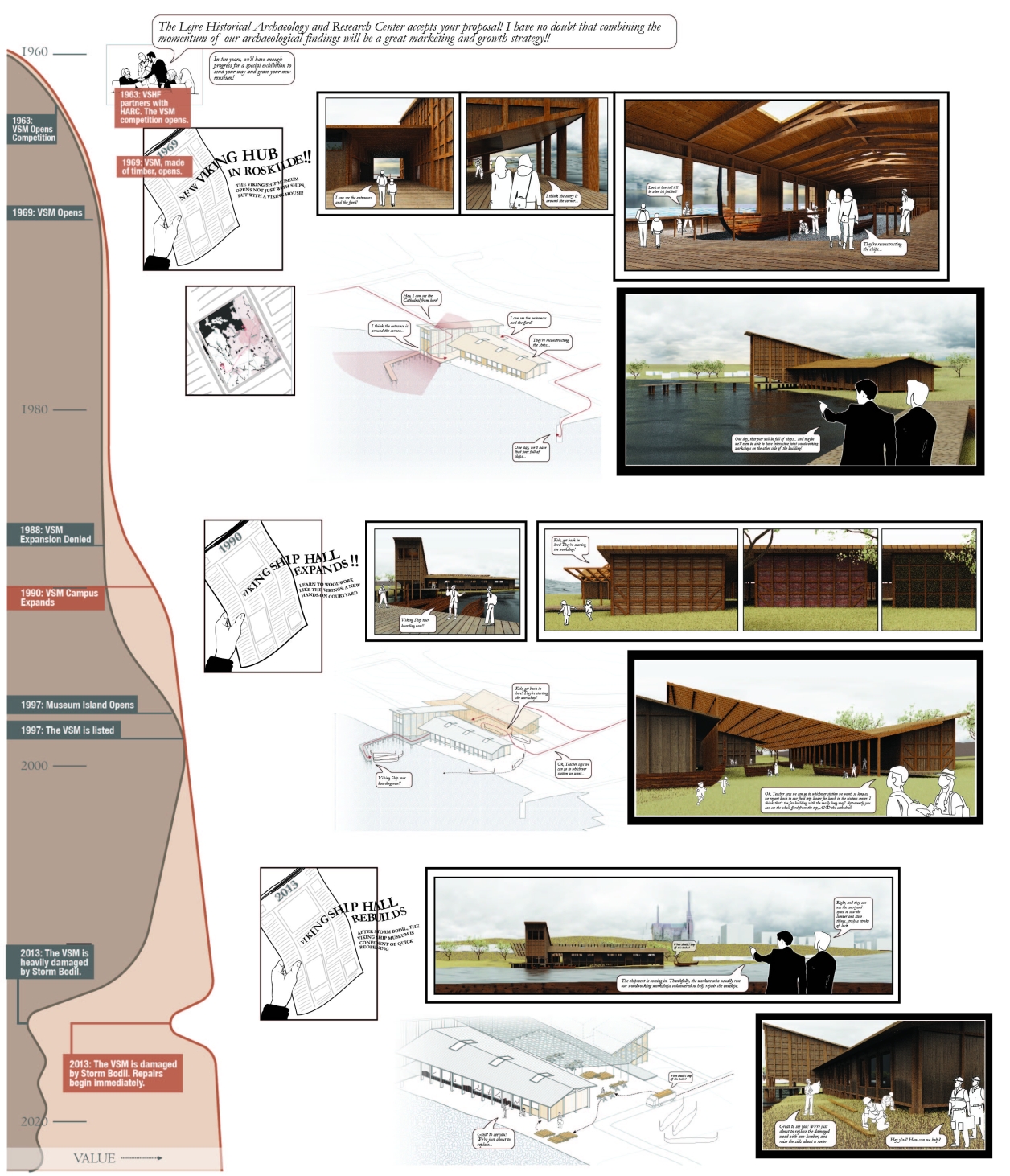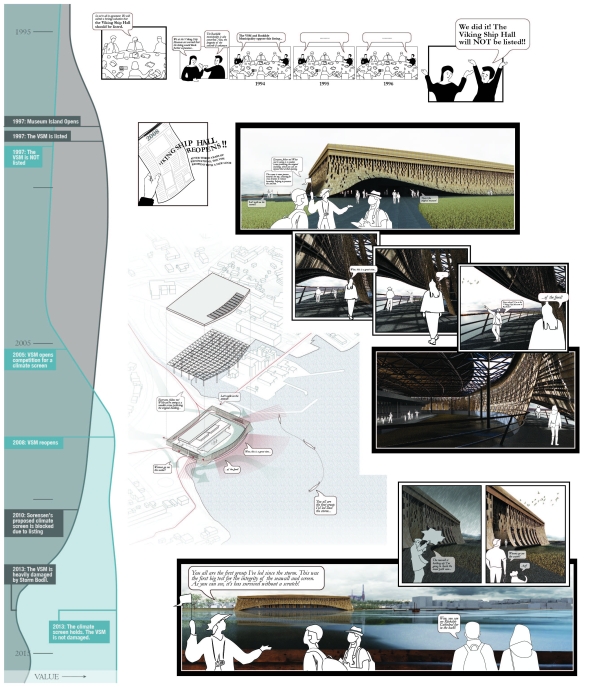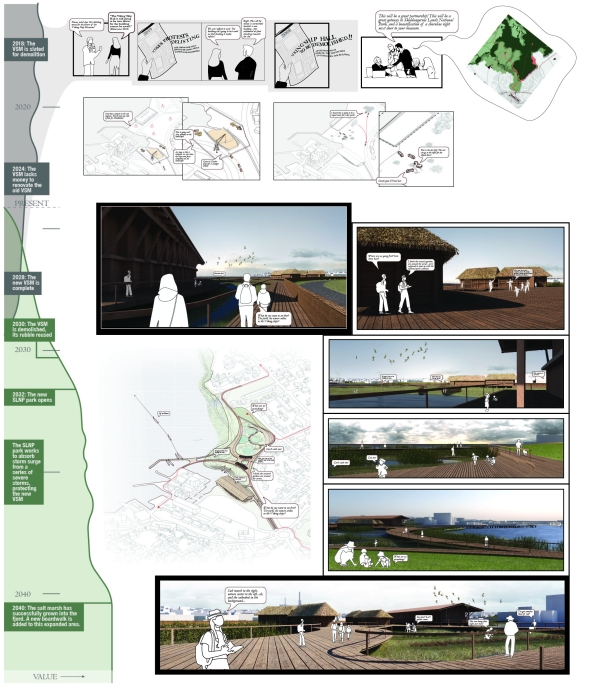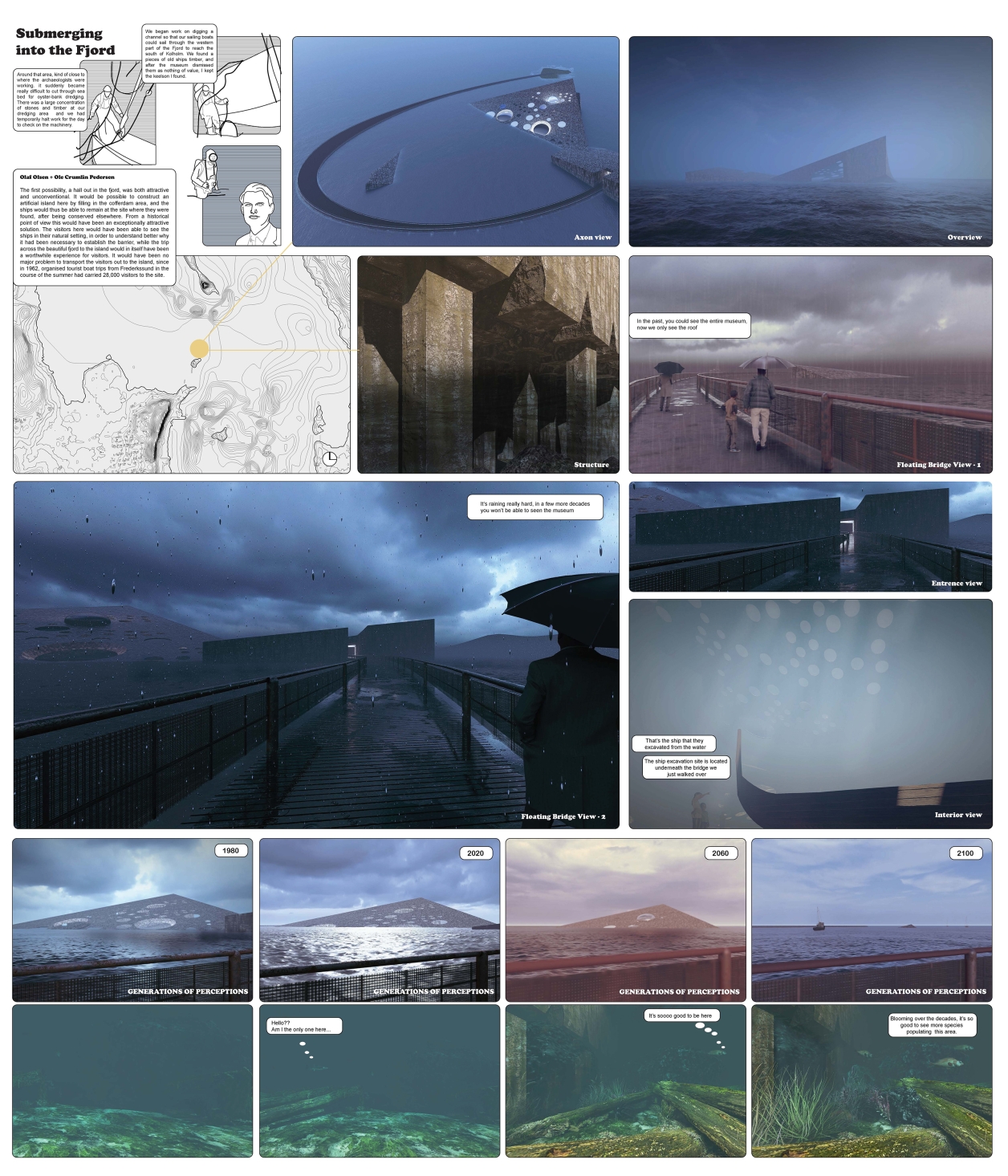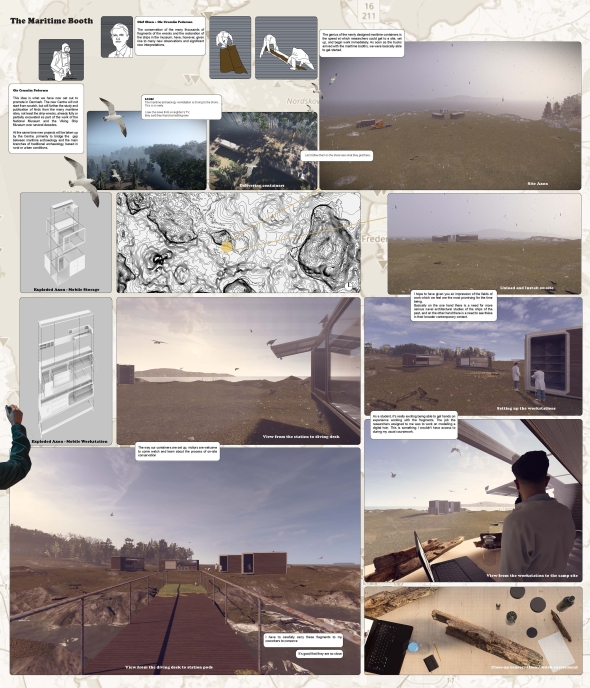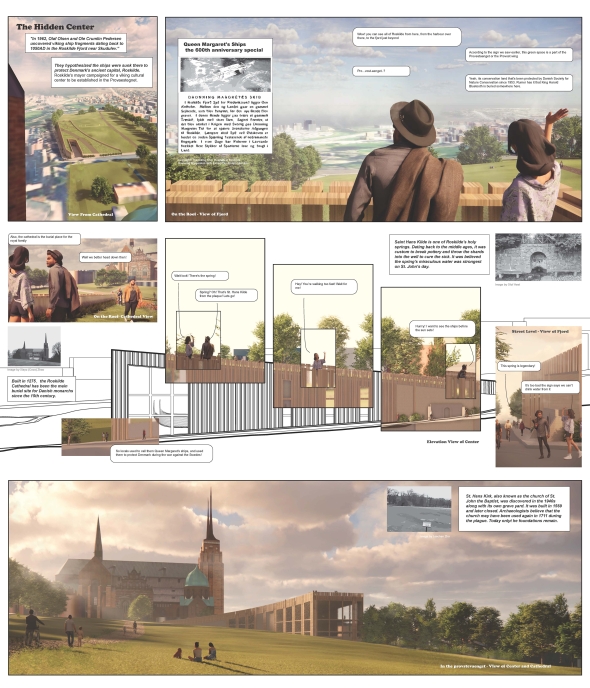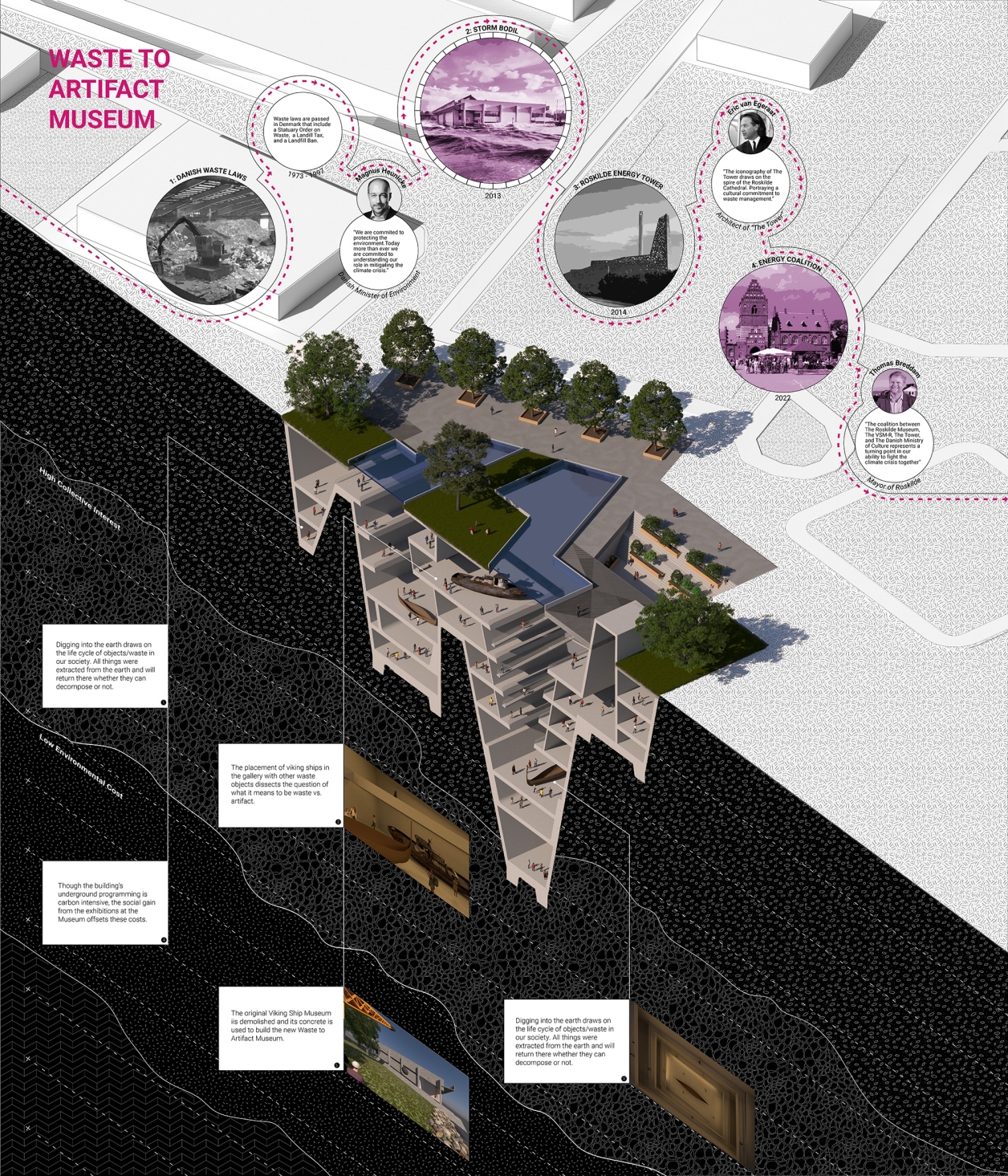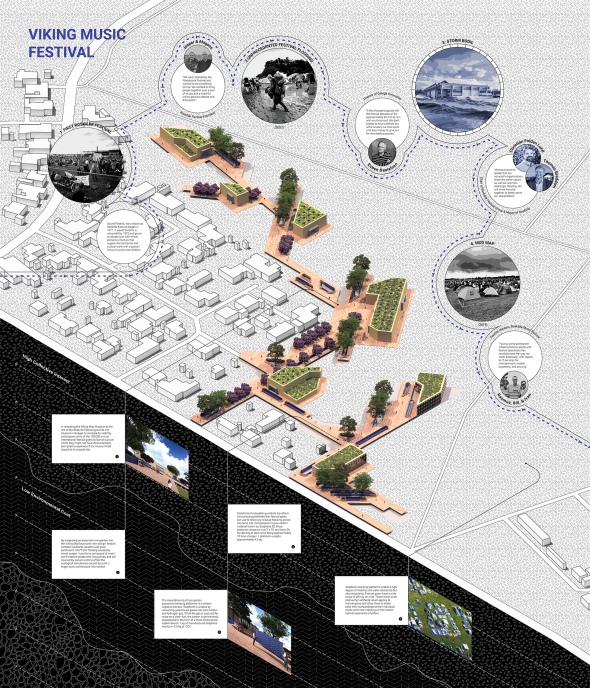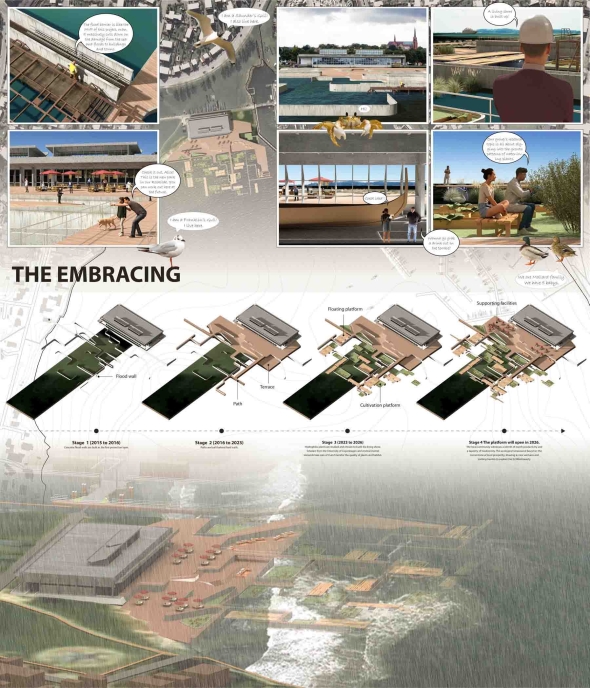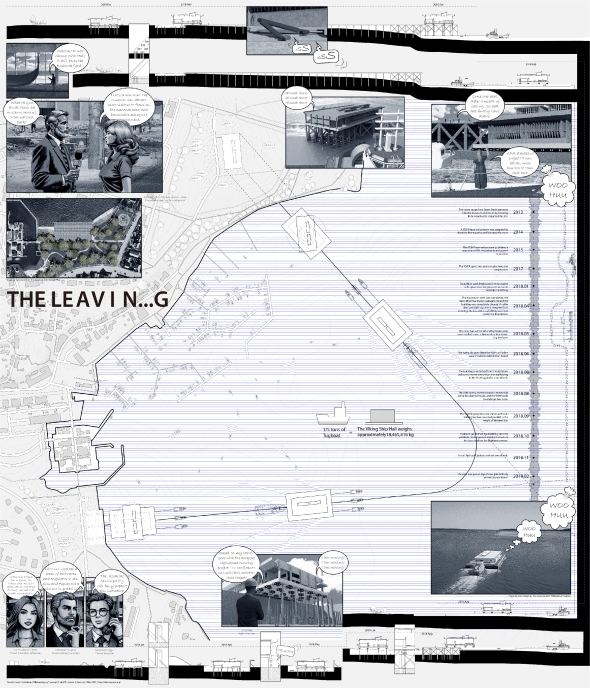Building Life Studio: Caring to Adapt, Adapting to Care
Nearly a century ago, skimmed milk, cotton, and molasses were featured as the go-to feedstocks for architectural plastics. Plastics mixed from these bio-based raw materials were thermally treatable and beneficially pliable— fundamental properties for making doorknobs, switchplates, pipes, and wall panels. However, people soon discovered unforgivable deficiencies in these products – brittleness, discoloration, degradation, and an overwhelming sense of unreliability.
We know what happened next: chemists switched to coal, oil, and natural gas feedstocks for plastics; we became dependent on more durable plastics; and the plastics industry endeavored to restore its reputation. We also know what’s happening now: designers' attitudes toward materials and the buildings we make with them rapidly change as people and communities adapt to climate change impacts globally.
This studio wrestles with the values underpinning this story (rather than plastics or material culture per se). It examines the roles of time, changes over time, hindsight, foresight, and revaluation cycles for materials, assemblies, buildings, landscapes, and infrastructure as we design for climate adaptation.
For instance, in this story, did the service life of new materials fail us miserably? Or, in hindsight, did we fail to care and adapt ourselves and our building strategies to new material constraints? If we could go back in time, what would we decide to do differently? What values would we argue for and why? What scenarios do we imagine, and who benefits from them?


